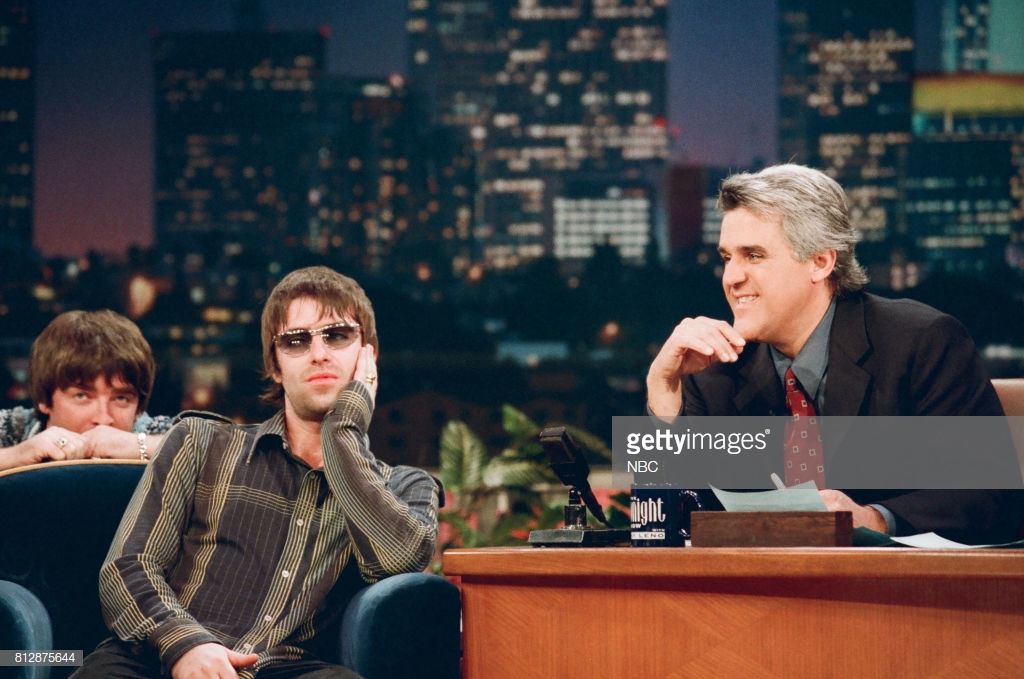One of the trickiest things though about case studies is the customer interview. Not only can it be hard to get hold of your customer. But even when you have landed an interview, you still need to pull out all the information you need out of your customer.
Maybe this happened to you: you are finally able to visit your customer for an interview about an important case study. But during the interview, you get an awkward feeling that it’s not going as smoothly as expected. The customer is just babbling away, and despite your nicely crafted questionnaire, you go home not feeling completely satisfied with the answers you have received. How can you prevent this?

Case studies or customer stories are effective tools in your marketing program. One of the trickiest things though about case studies is the customer interview. Not only is it hard to get hold of your customer sometimes. But even when you have actually landed an interview, you’re still faced with the challenge of pulling out all the information you need out of your customer.
A lot can go wrong during a customer interview. Sometimes, you have the feeling you’re not prepared well enough. Other times, your questions just seem to confuse your interviewee.
Fortunately, there’s a lot you can do. In a series of three posts, we’ll explore how you can get the most out of your customer interview, so you can go home with enough material to write a great story. We’ll be focusing on three important stages:
- Before a case study interview
- During an interview
- After an interview
What to do before a case study interview:
You landed an interview with your customer. Great! But before you get started, consider the following preparations.
1. Research the hell out of your customer interview
You might like the element of surprise, but when you are visiting your customer, it’s usually not a good idea to go up there with a blank sheet. In fact, you should already be able to know the answer to half of the questions you are going to ask. Check out your customer’s website and social media channels. Read some of the trade publications in your customer’s market. Find out all that might be relevant to know about your subject.
2. Brief your customer
It’s a good idea to let your customer know largely what your interview will be about. You might send him a few basic questions up front. This way, your interviewee will not be totally unprepared for the interview. However, it’s not necessary to brief him on every detail, because this way he might prepare too much and all the spontaneity of your interview will be lost.
3. E-mail, phone or personal visit?
Are you going to conduct the interview face to face with your customer or will you give her a call? Or maybe you are considering e-mailing your questions. That might seem like a safe choice, especially if you are the introvert type of person and you are too nervous to meet people face to face. However, e-mailed questions hardly ever result in spontaneous answers.
E-mailed questions hardly ever result in spontaneous answers.
If you are looking for forced answers, that seem to be copied right from your customer’s mission statement, then you should definitely e-mail your customer. Need something more qualitative? Then you should phone your customer or – even better – pay her a visit. A personal visit trumps a phone interview by far. Seeing your customer eye to eye is much more efficient, although due to practical issues (time, distance, budget) it’s not always feasible.
4. Record or write? Or both?
If you want to play it safe, and you want to be sure that you don’t miss a syllable of what your customer is saying, then a voice recorder is a good choice. Some interviewees however tend to be intimidated by a voice recorder. Maybe it’s because they are afraid to say something stupid or illicit. Or maybe they just don’t like to be recorded. A recording always comes in handy if you want to double-check certain quotes afterwards. Also, with non-English speaking interviewees, it might happen that not everything is fully intelligible. Some decent audio can then help you decipher the unintelligible parts at your own pace.
A recording always comes in handy if you want to double-check certain quotes afterwards.
If you only record your interview, you will have type everything out afterwards. Not always a good option when you are on a tight deadline. If you write during the interview, you already have all the notes you need. People also tend to remember things better when they have written it down. So, see what works for you. If you can note things down fast, then writing might work for you. If not, use a voice recorder and take all the drawbacks that come with it.
A good trade-off might be to do both: write down, while you are recording. That way, you don’t have to scribble down every single word, just the most important and memorable quotes are enough.
5. Find a sweet spot
A good location can make or break your interview. Try to find a spot where you both can feel comfortable to have a good conversation. Make sure the environment is not too noisy, because that can make your audio recording useless. Don’t go and sit in a busy landscape office where the distractions are plenty. Insist on using a space where you can sit quietly with your customer for about an hour.
All set for the interview?
When you have prepared well, taking into account all points mentioned above, it will help you to feel more relaxed and focused during the interview. In the next blog post, we’ll discuss what you can do during the interview to increase the chances of getting better answers.

